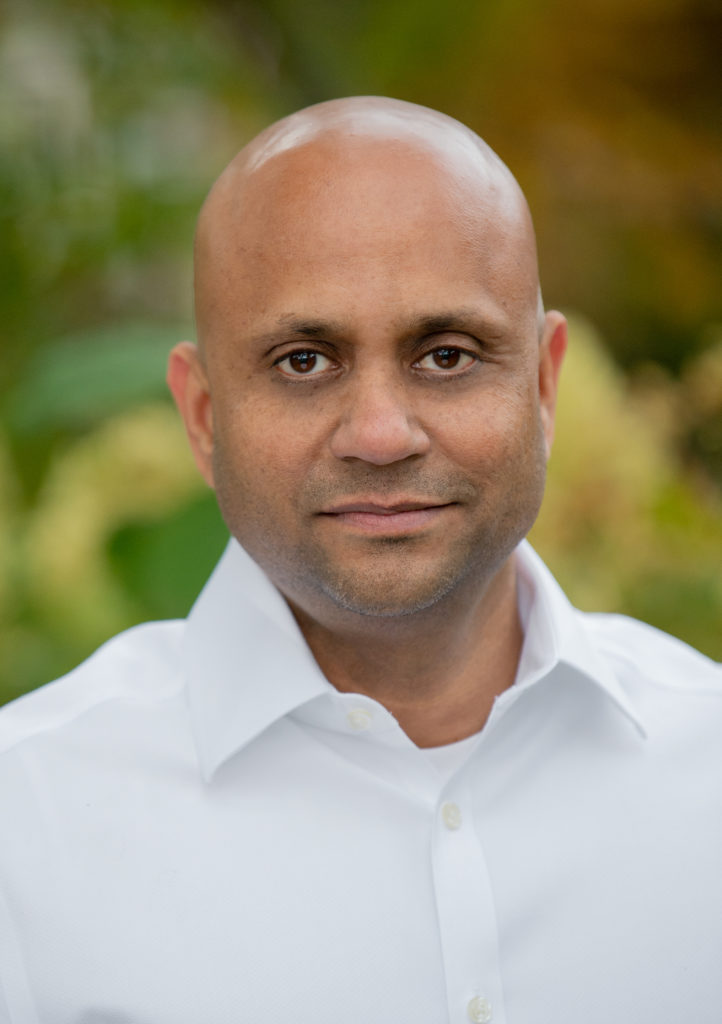
Patients’ medical records need to travel with them wherever they go, not only within the walls of the hospital, but also into skilled nursing facilities, nursing homes and rehab centers, which make up the post-acute care system. A huge number of patients — around 42% of those hospitalized — go to one of these facilities. Currently, moving information between these settings is far too similar to trying to move a photo between Android and Apple devices; it can be done, but not as seamlessly as we’d like. As a physician who has worked in long-term care facilities for decades, I’ve seen firsthand the criticality of having patients’ complete information in an easily accessible and easily understood format at every point of care.
Five years ago, one of my patients who was hospitalized came back to the nursing home with a Continuity of Care Document (CCD), a standardized form that’s meant to include the critical pieces of information needed to provide care. We also received a printout of the patient’s medications from the hospital, which showed five different anticoagulants, three of which were to be stopped, and two of which were to be continued. However, the printout was so confusing that the nurses couldn’t interpret the orders and started the patient on all five medications. The patient later died of a hematoma that may have been prevented.
That experience and others like it sparked my desire to improve how data is shared throughout the patient journey. I’ve advocated for better interoperability for years, speaking to federal government officials at the Department of Health and Human Services and various physician groups about the importance of having a complete, easy-to-access patient record, especially between acute and post-acute spaces. At one of these meetings a representative from Epic, a large EHR vendor, invited me to attend a conference for groups that don’t use their software. She explained that the focus of the conference would be on how organizations like mine could better share patient records with healthcare organizations using Epic. I agreed to go.
Since I’ve been working in this space for years, I didn’t expect to learn anything new, but I was impressed by some of the developments we were shown. The first is patient-directed interoperability, which simply means giving patients the ability to share their record with any provider they see, regardless of which EHR the provider uses (or even if they don’t use an EHR at all). In Epic’s patient portal, MyChart, a patient can generate a share code, which the provider enters into a website to gain access to the patient’s basic health history, medication list, allergies and immunizations. The provider can also enter notes that are included in the patient’s chart, so their primary care provider and others caring for the patient are able to see the information. This gives patients the freedom to choose where they’re seen without worrying about remembering their full health history, and improves continuity of care across providers.
Patient-directed interoperability is important because of the transparency and mobility that it offers patients and their providers, but it’s also critical that EHR systems are able to talk to one another. There are many cases when patients aren’t in a condition to take control of their own data-sharing, and it’s our responsibility as providers to make sure that the transfer of their record not something they have to think about, especially at a time when they may be dealing with a serious health issue.
That’s why I believe it’s so important that Epic and others in the industry are using application programming interfaces, or APIs, that follow a set standard called Fast Healthcare Interoperability Resources, or FHIR. Put simply, that means that there’s a common language so systems can communicate with one another and exchange records more easily.
I care for patients every day who are nearing the end of life, and the last thing that they, their families and their providers should have to worry about is whether the information is available to provide the patient with the best care. I believe that technology will make it possible for data exchange to fade into the background, so that the norm is simply a complete patient record, wherever patients go.
Dheeraj Mahajan, M.D., MBA, MPH, FACP, is the president and CEO of CIMPAR, a multispecialty physician group specializing in transitional care medicine.




